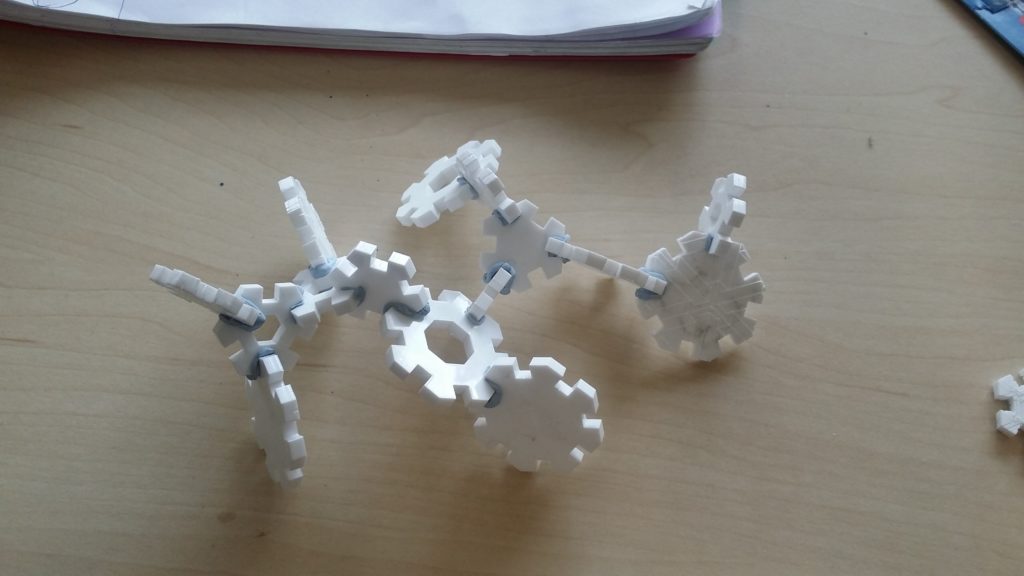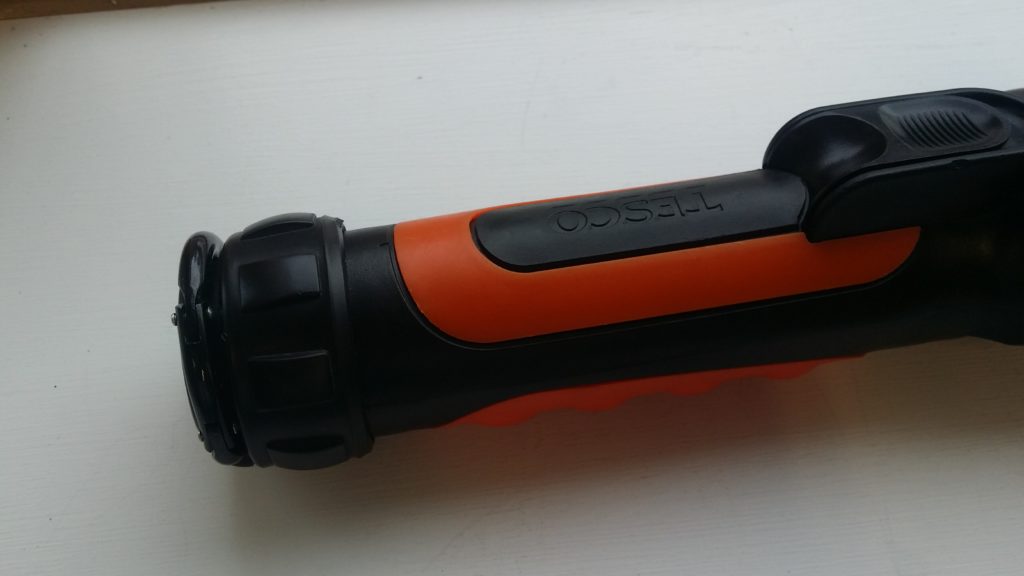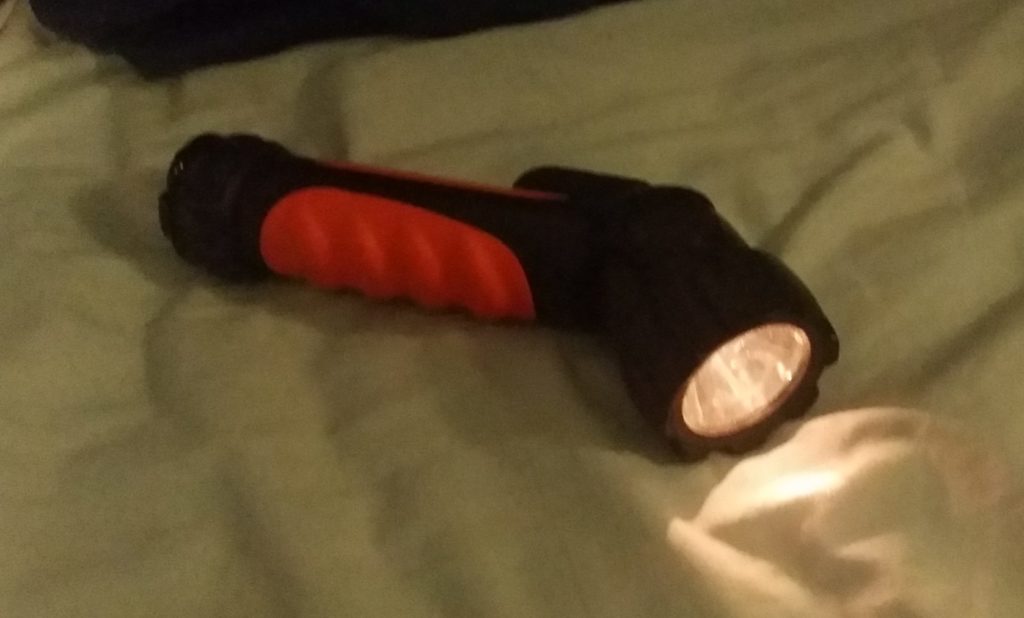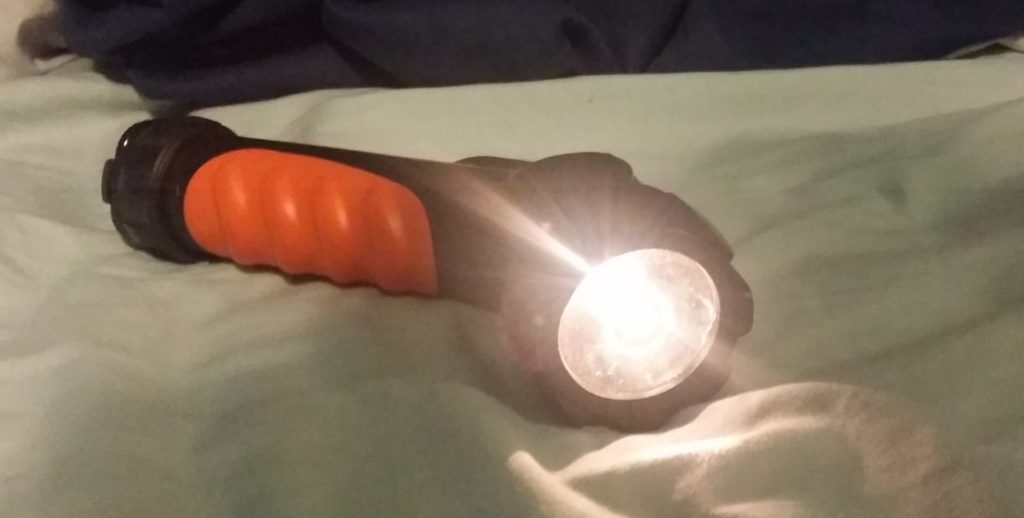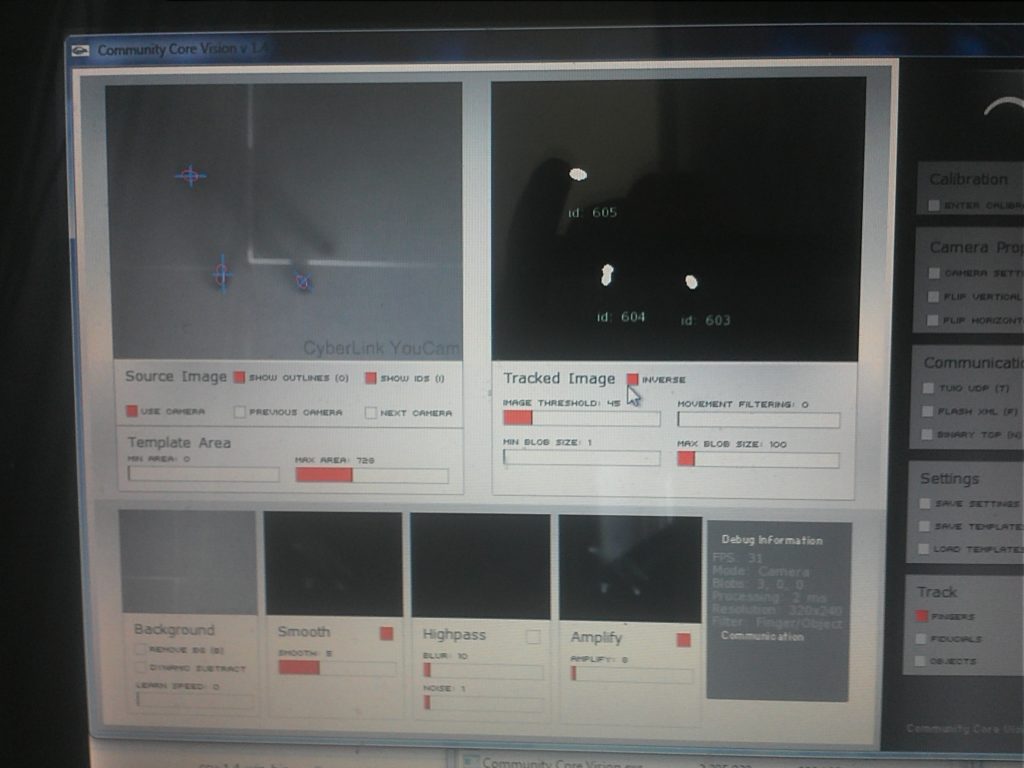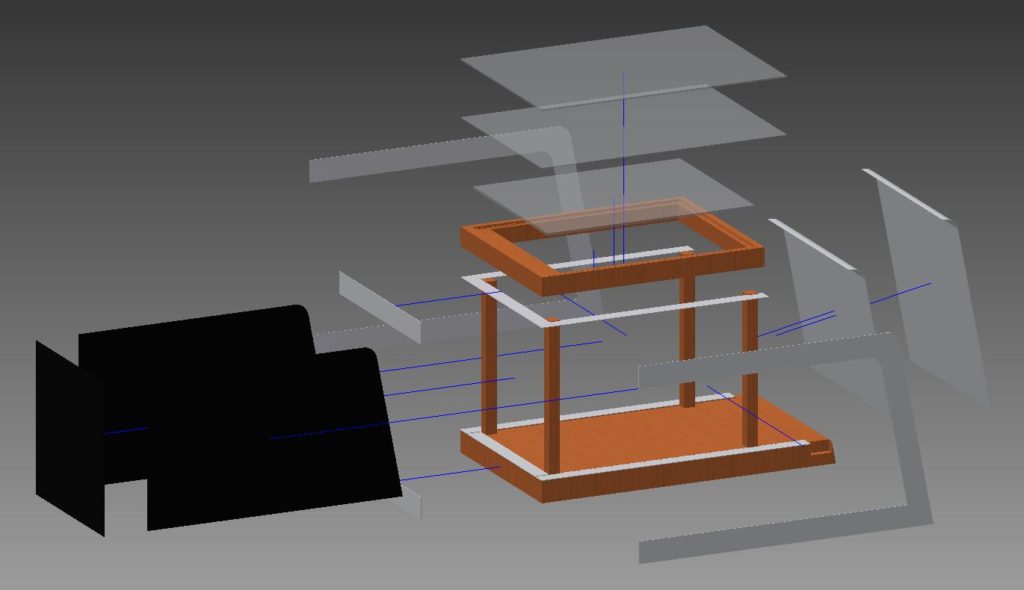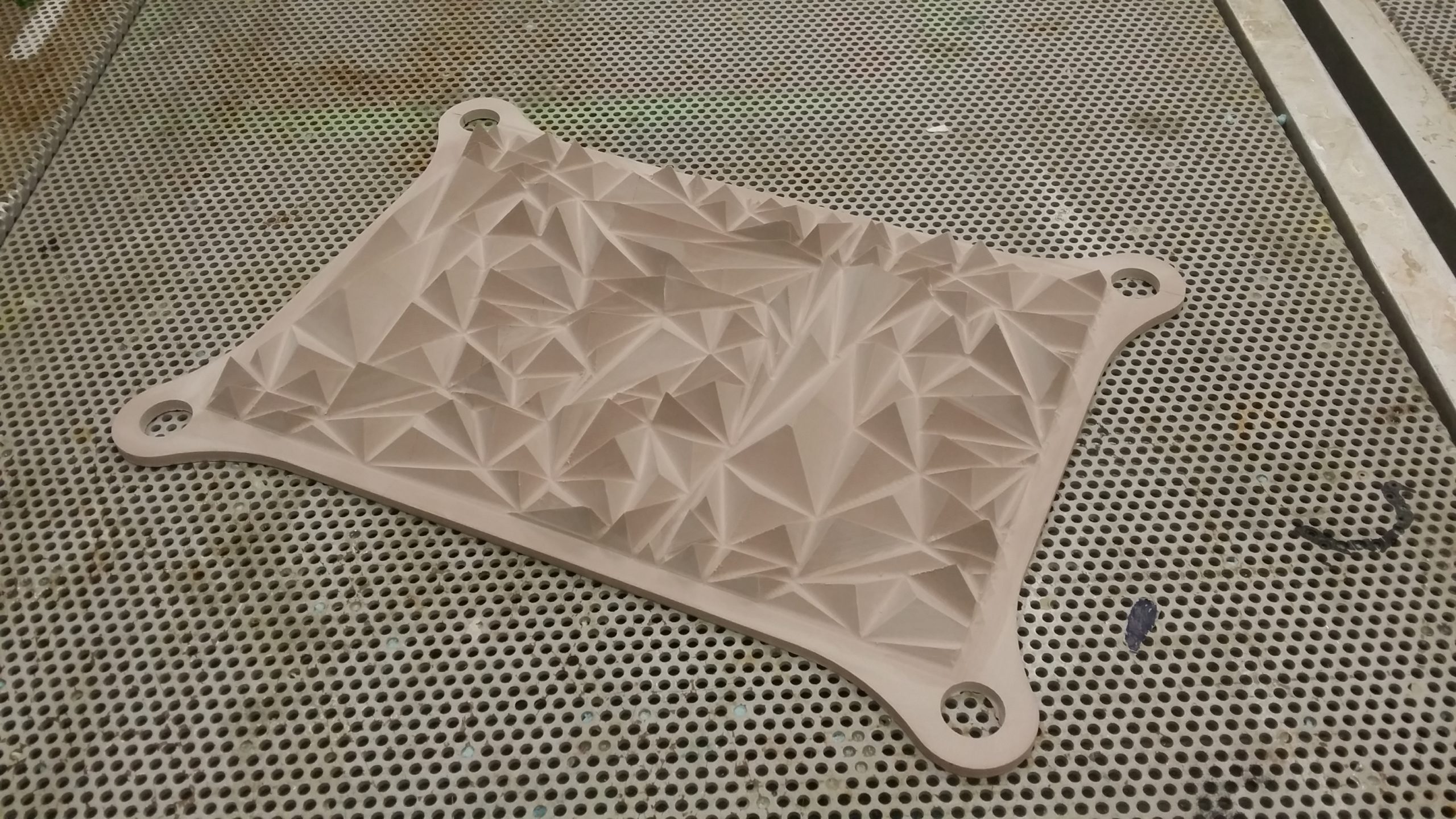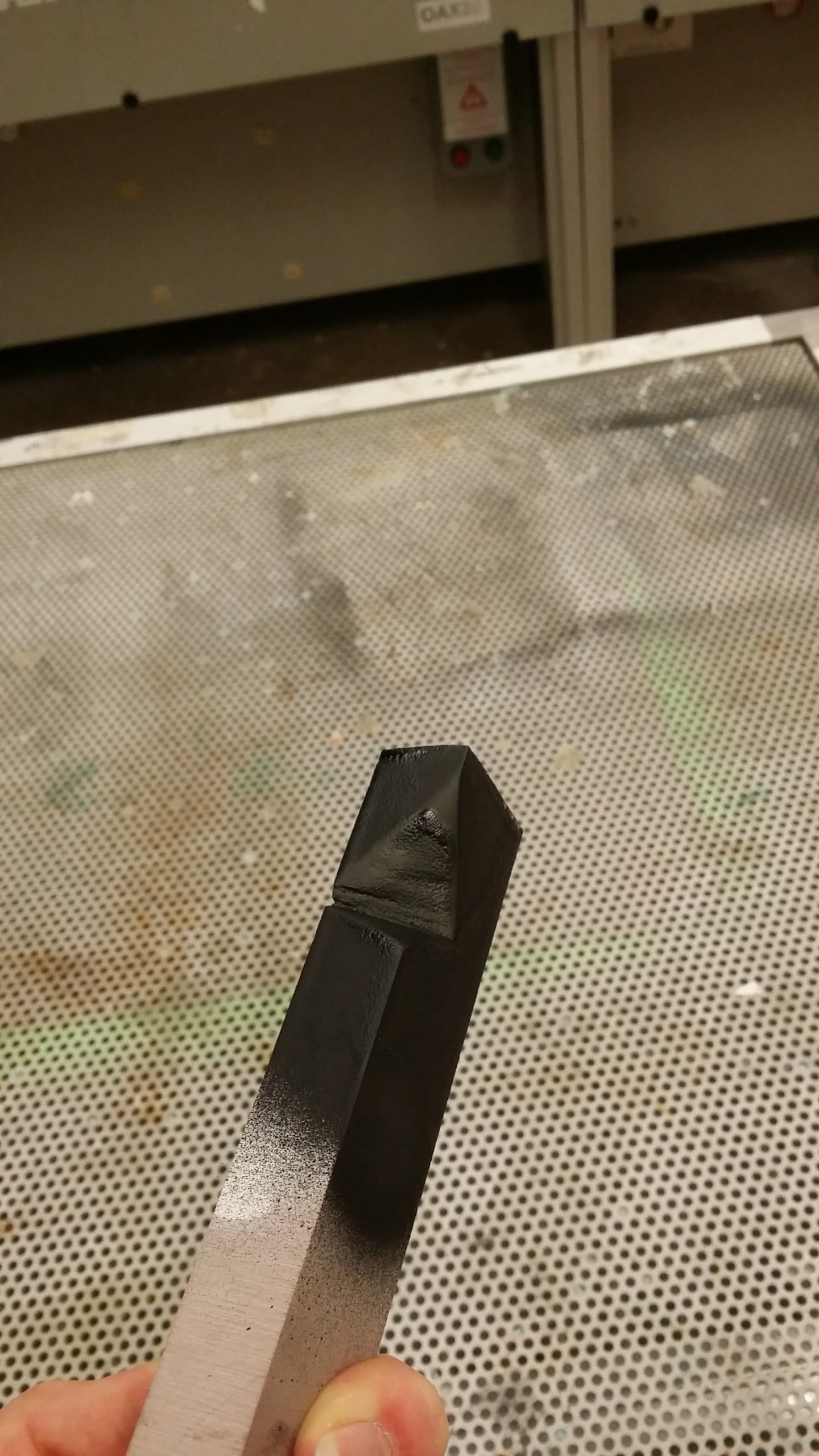A project to design a new method of storing and displaying an item for the Arkwright Scholarship program.
As my year group was starting fifth year of high school, Eastwood was given the opportunity to engage fourth year students in a scholarship program.
At the time, there existed the possibility of myself and the other new fifth years also being permitted to take part. Later this idea was rejected, but whilst waiting, I made some progress on the brief given as part of the application process.
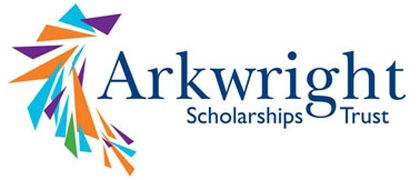
The brief was very simple, intended for interpretation as much as deliverable outcome, to design an object, no more than 1.5 x 1.5 meters to hold and/or store and/or display another object.
The only other requirement was that a working prototype, or at least a proof-of-concept had to be manufactured and documented.

At the time, this was for me a wonderful chance to apply some new material knowledge and to express and actualise some ongoing ideas which were relevant to my work at the time. Specifically, it was at this time that I was becoming interested in the meaningful impact of product design and moving from a mode of ‘design-for design’s-sake’ and designing products to make a 50th percentile middle class suburban person’s life more comfortable.

I tried to inject some of this thinking into the ideas by making four of them (designs 1, 2, 4 and 5) adaptable and/or modular, making one (design 3) orientated towards personal reflection and individual-base and one designed to be aesthetically contemporary but aimed at lower cost markets.
I was in the mid development phase for one other the three ideas I wanted to take forward when we were informed that the scholarship was cancelled. I developed idea five through to a prototype and may pick up on some of the others, specifically ideas one, three and five at some point as I believe there is potential in them for a unique design solution.













